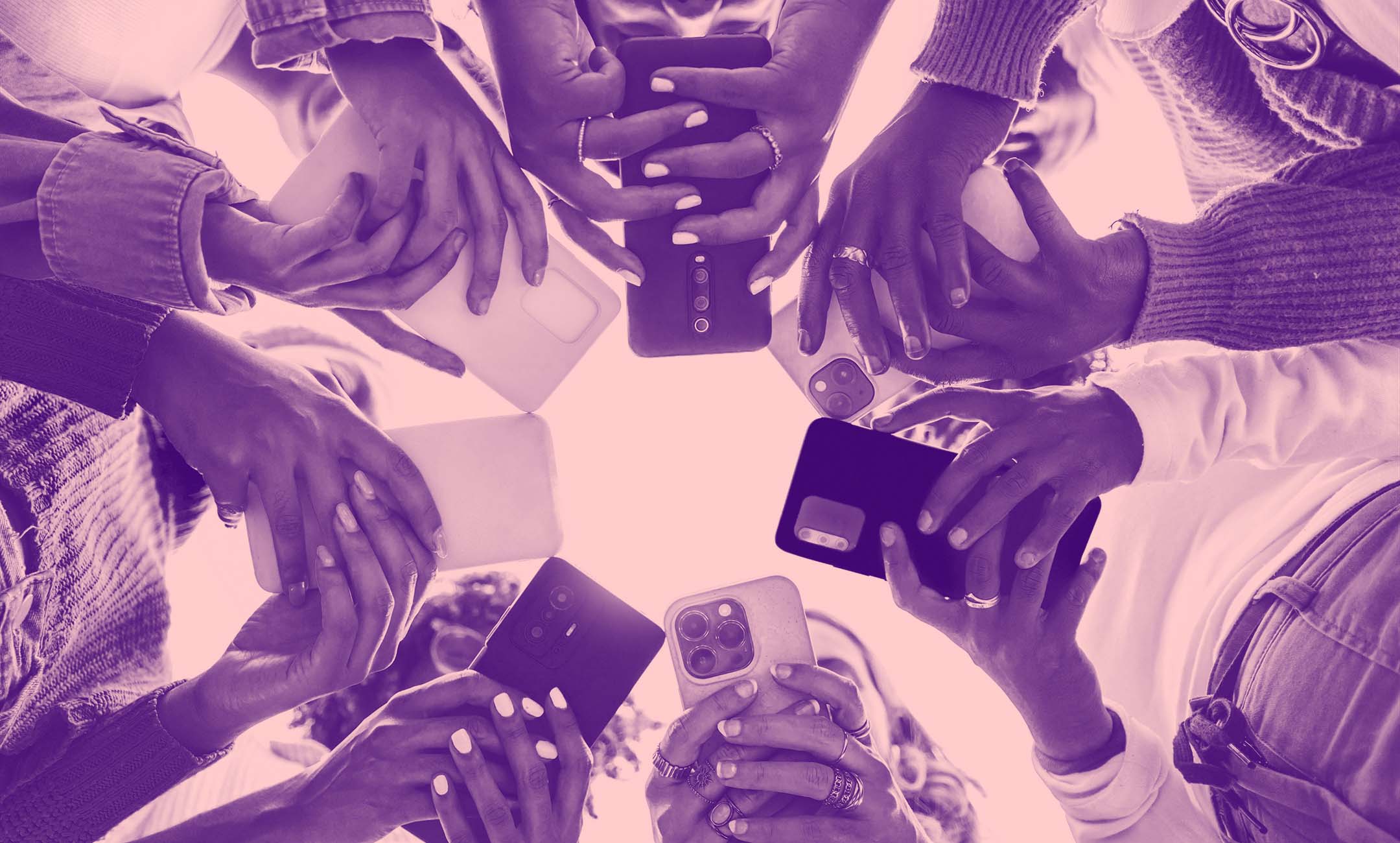Generation Z holds around $360 billion in disposable income, so it’s no surprise that brands are vying for their attention (which lasts for just 1.3 seconds for ads, by the way). As the group nears adulthood, more and more brands are making an effort to cater their marketing to Gen Z — but far fewer have done so successfully.
While the phrase “How do we reach Gen Z?” can be heard in boardrooms and brainstorms across the world, many brands fail to understand that there’s no such thing as a homogenous “Generation Z.” So, who are they, and how can brands reach the generation? The answer lies in subcultures.
Who is Gen Z, Really?
Born between 1997 and 2012, Generation Z is the fourth largest generation but the most racially and ethnically diverse. Dubbed “Zoomers” thanks to their status as digital natives, Gen Z is extremely online. Think 9 hours of daily screen time on average.
Beyond their obvious affinity for technology, Gen Z is also known for their desire to be unique, with 60 percent of the generation saying they want to stand out compared to 43 percent of the general public, according to Mintel. That’s one reason why an overwhelming majority of consumers aged 18 to 25 say there is no “mainstream” pop culture at all.
Instead, Gen Z seeks out corners of the internet that cater to their specific interests, passions, and quirks. Both search history and algorithms ensure that no two For You pages or feeds are alike, because there are so many facets of the internet — known as subcultures — to choose from.
Social Media Subcultures
Aesthetics like “cottage core” and “clean girl” have caught the internet’s attention, but subcultures are more than just fashion trends. Instead, they tap into key cultural drivers and offer a community for like-minded individuals to connect and bond over shared interests, whether that’s their heritage, hobbies, hometowns, or more.
According to Horizon Media, Gen Z posts or consumes content across an average of 20 different subcultures, and these online niches influence their IRL identity. Brands have a unique opportunity to tap into these subcultures and reach a hyper-targeted audience on their own turf.
Lucky for brands, Gen Z prefers seeing ads online, with 72% of the generation most receptive to experiencing ads in their social media feeds. But how can brands successfully show up in subcultures and authentically reach Gen Z?
1. Research the niche. Brands should become experts before jumping in—understanding the lingo, trends, and influencers that are central to the subculture they want to enter. Bonus points if the product is already being talked about in the community organically. Showing up in a subculture without truly understanding it can come off as tone deaf, and backlash can be tough to shake.
2. Lean into your human side. When it’s time to post, brands should put on their consumer hats. What would a user want to see on their own feed? Take a page out of Scrub Daddy’s book, whose brand identity spans a few subcultures, from “gothcore” to the dedicated community of Duolingo users. Not only does Scrub Daddy speak to these specific subcultures through quick and creative content (like this TikTok gaining almost 2 million likes, for example) but commenters reveal they had no clue the videos were ads.
3. Let others do the talking. Influencers are the primary product discovery channel for Gen Z, and both their organic and sponsored recommendations hold significant weight. Take CeraVe’s recent Super Bowl campaign as an example, which relied on a mix of guerilla marketing and teasers from Michael Cera to build authenticity and hype among younger consumers. Don’t fret if there’s no budget for a celebrity collab, as micro-influencers can help brands reach niche audiences and subcultures that larger influencers might not.
4. Know you can’t be everyone’s cup of tea. While running offensive ads is an obvious no-go, there will always be negative feedback from someone. If a brand has done their research and knows there’s a subculture they can tap into, getting out of their comfort zone will likely pay off. A recent Mukbang-turned-ad from Dave’s Hot Chicken garnered negative comments from some, but it landed well with its target audience: the ASMR community.
While the digital landscape is always evolving, brands have an opportunity to reach Gen Z in the subcultures they frequent every day, if they take the time to understand them. Reach out to RF|Binder to discuss how to tailor your marketing and influencer strategy to create meaningful connections through the latest trends.

